When times get tough, and survival is on the line, keeping your livestock alive can make all the difference between resilience and vulnerability. For anyone who depends on animals for food, resources, and even companionship, it’s essential to have a reliable plan to keep them safe and healthy. Livestock like chickens, goats, and cattle provide essentials like meat, eggs, milk, and wool – all of which can sustain you and others in a prolonged crisis. But when services break down, and supplies run low, maintaining your animals’ well-being becomes a top priority.
Below are 21 smart, practical, and sustainable ways to keep your livestock alive and thriving even when SHTF (Stuff Hits The Fan). These methods don’t rely on complex technology or endless resources but focus on tried-and-true, low-tech approaches that every prepper can apply.
1. Build A Secure Shelter
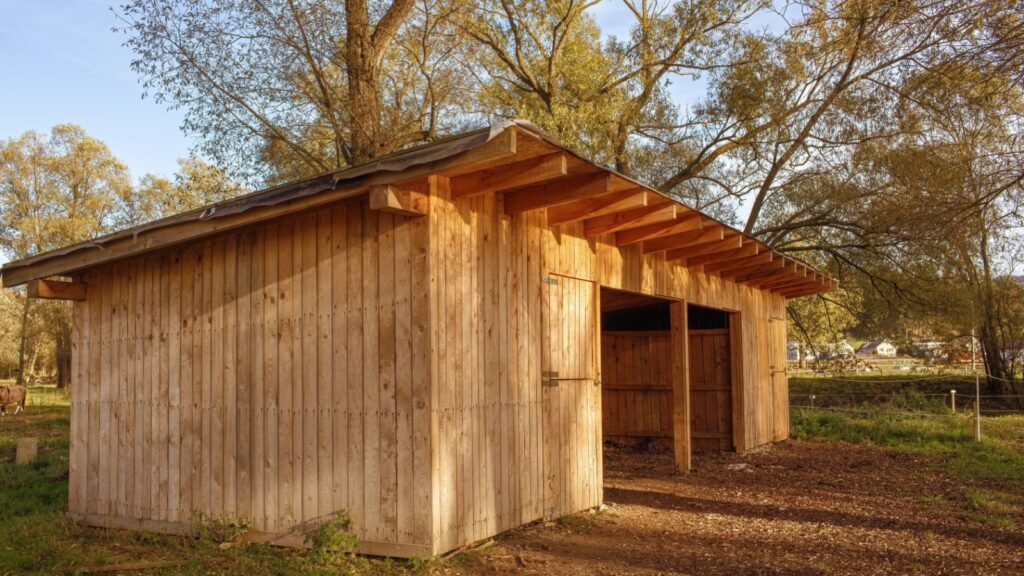
Creating a secure, weatherproof shelter is one of the first steps in protecting your livestock. Use natural materials if available and make sure it has proper ventilation. A secure shelter will keep animals warm in cold weather, cool in the heat, and safe from predators.
2. Set Up A Water Collection System

An efficient water system is crucial. Rain barrels, gutter systems, or even ponds can supply water when regular sources run dry. This ensures animals stay hydrated, which is vital for health and productivity.
3. Grow Animal Fodder

If access to regular feed is cut off, growing fodder (like clover, alfalfa, or barley) is a game-changer. Fodder systems don’t require much space and can produce fresh, nutritious feed, keeping animals well-fed during food shortages.
4. Stockpile Non-Perishable Feed
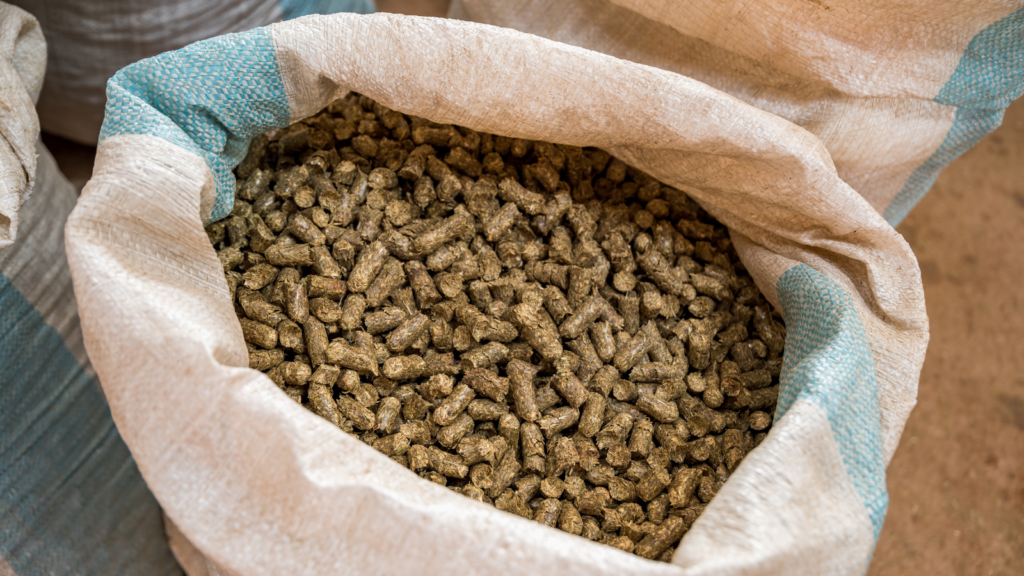
Having a stockpile of non-perishable animal feed, like pellets or grain, can buy you time in an emergency. Store it in waterproof containers to keep it from spoiling or being eaten by pests.
5. Install Strong Fencing

Strong, durable fencing is a must to keep animals safe and contained. Good fencing keeps predators out and your animals in, reducing the risk of loss. Reinforce fences with wood or metal, depending on what’s available.
6. Practice Rotational Grazing
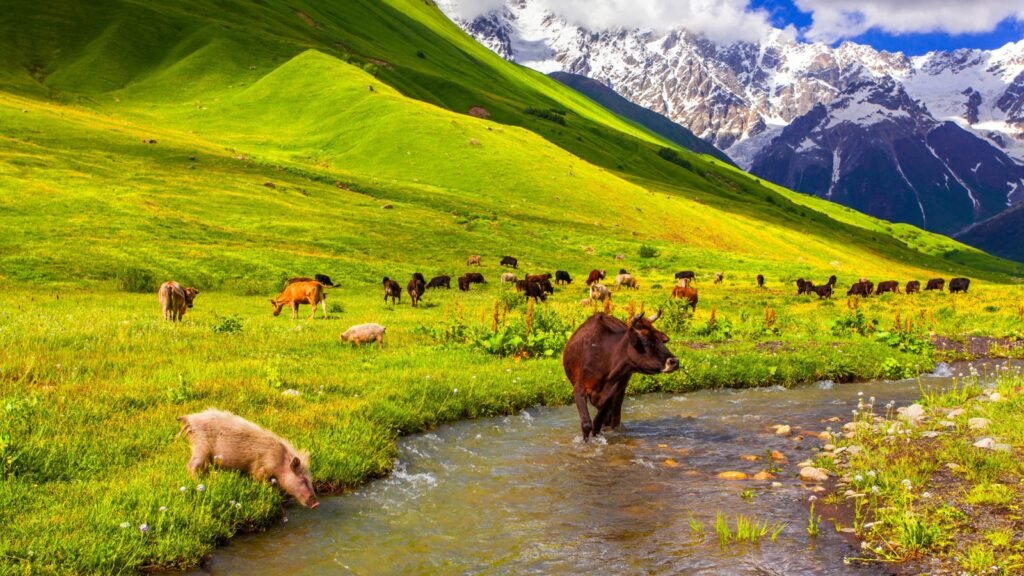
Rotational grazing is a sustainable way to let pastures recover while giving livestock access to fresh forage. It prevents overgrazing and keeps soil healthy, which helps plants grow back stronger and faster.
7. Train Livestock To Follow Commands
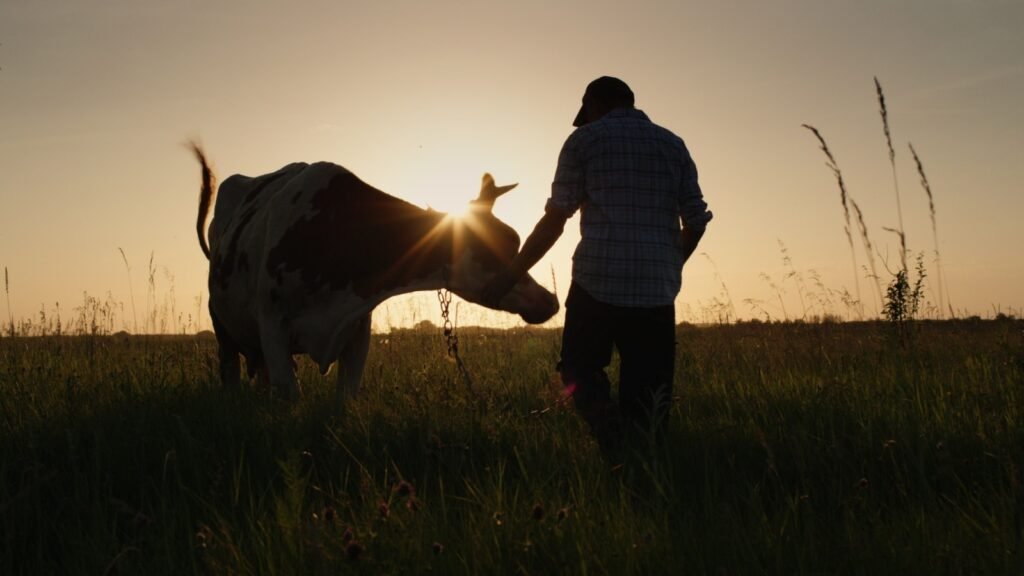
Teaching basic commands can help in stressful situations. Even something as simple as training animals to come when called can make managing them easier during a crisis.
8. Raise Animals That Thrive Locally
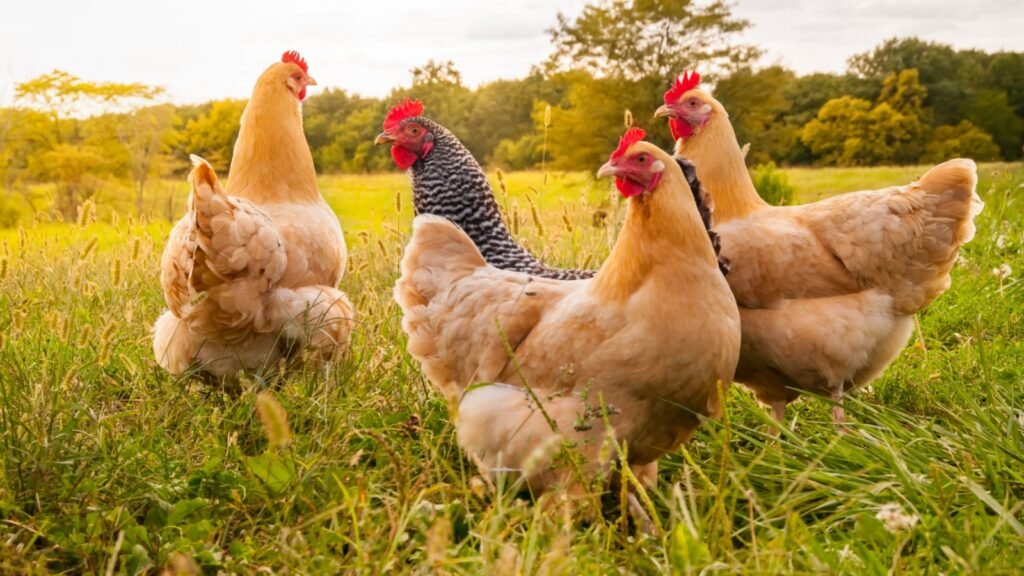
Choose animals that are adapted to your region’s climate and environment. Native or locally resilient breeds have a better chance of surviving on less water, feed, and care.
9. Use Natural Predator Deterrents
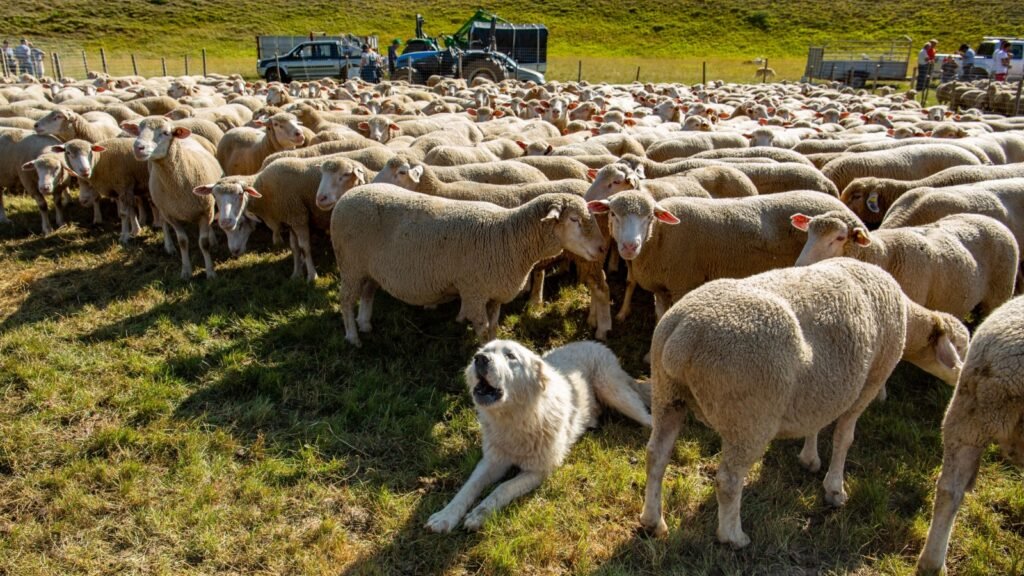
Predators are a constant threat. Try hanging reflective items around the perimeter, using scent deterrents like predator urine, or keeping a livestock guardian animal to ward off threats.
10. Create A First Aid Kit For Animals
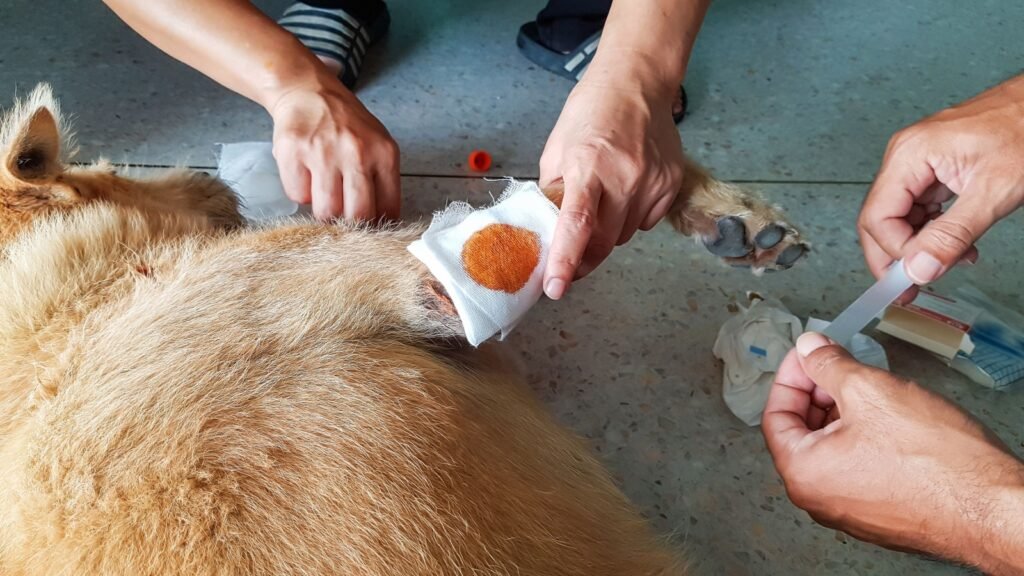
Have a well-stocked first aid kit with essentials like antiseptic, bandages, and wound spray. Knowing basic animal first aid skills can save lives if a vet isn’t accessible.
11. Provide Clean Bedding

Fresh bedding keeps animals dry and warm, reduces disease, and prevents hoof rot in cattle or sheep. Consider using straw, hay, or sawdust as economical and effective bedding options.
12. Learn To Identify Signs Of Illness

Knowing the early signs of common illnesses can help you act fast. Study signs of distress for each type of livestock, as acting quickly can often save an animal’s life.
13. Prepare For Birthing Assistance

Newborn livestock add to your supply chain, so knowing how to assist in birthing is essential. Keep tools and knowledge ready to help with any complications, especially for first-time mothers.
14. Set Up A Root Cellar For Perishable Feed
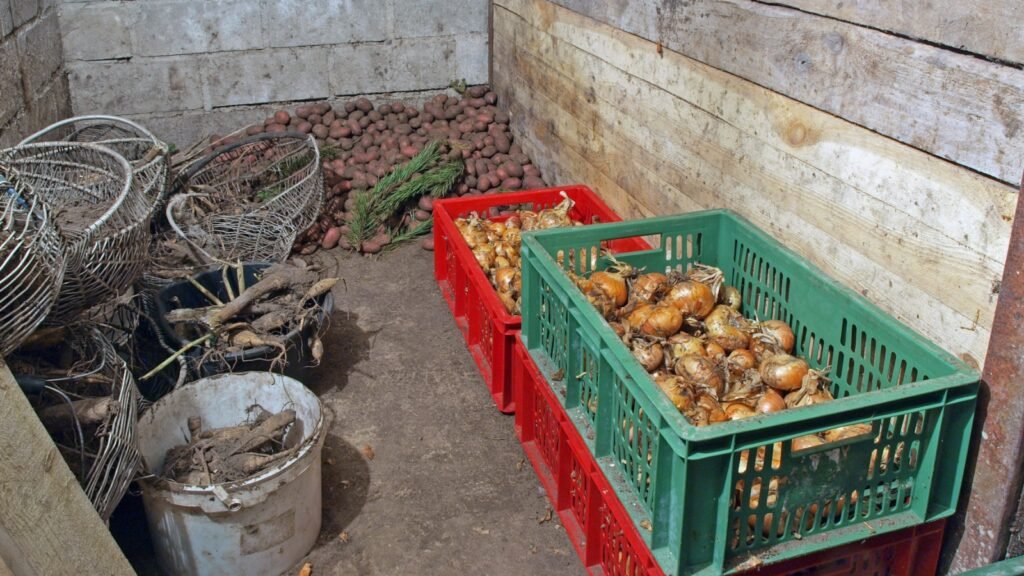
Root cellars are a great way to store root vegetables and other perishable feed that animals can eat in winter. This old-school method keeps feed cool and preserves it longer.
15. Purify Water Using Basic Techniques

Clean water can be challenging to come by in a crisis, so know basic purification methods like boiling, filtering, or using tablets. This ensures your livestock drinks safe water, preventing illness.
16. Control Flies and Parasites
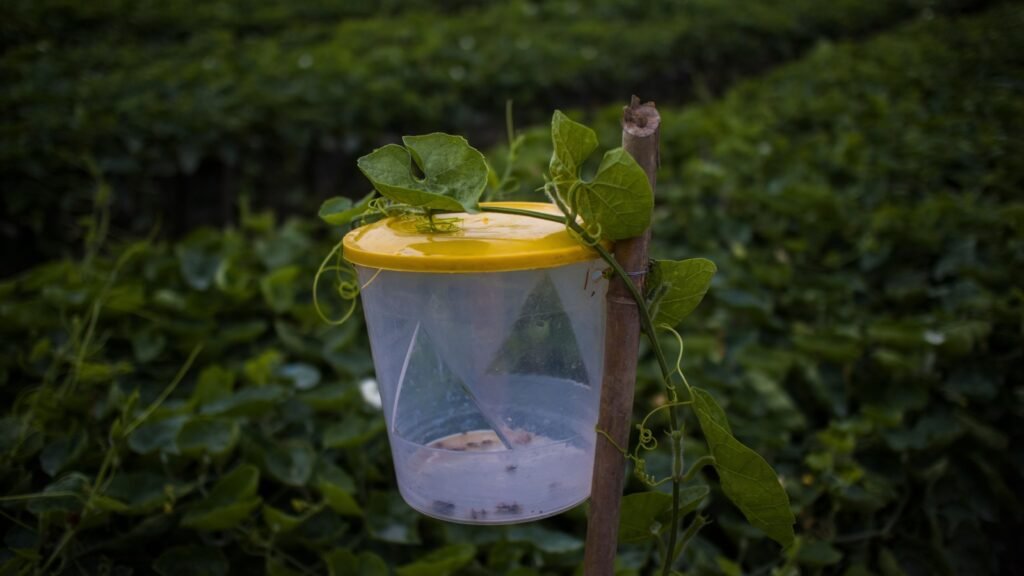
Flies and parasites can make animals sick and reduce productivity. Try natural remedies like fly traps, diatomaceous earth, or essential oil sprays to keep pests away from your animals.
17. Install Solar-Powered Lights

Solar lights can provide lighting for nighttime checks or as a deterrent for predators. They’re low-maintenance and easy to install around barns, pens, or fencing.
18. Keep A Generator For Emergencies

A generator can power critical equipment, like water pumps or heaters, especially in winter. Fuel may be scarce, so only use it when absolutely necessary to extend its usefulness.
19. Use Salt Licks For Nutritional Support

Salt licks are affordable and provide essential minerals that livestock need to stay healthy. Place them in areas where animals frequently graze to boost their nutrition without extra feed.
20. Harvest And Dry Grass For Winter
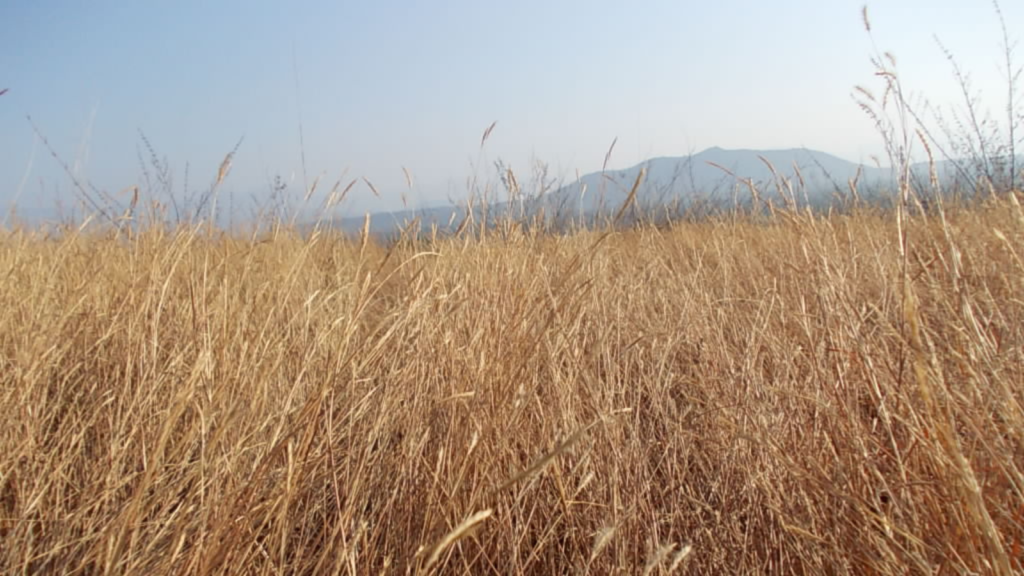
Drying grass as hay or silage ensures food supply when fresh forage is unavailable. It requires space and planning but will keep your animals nourished during colder months.
21. Maintain Animal Health Records
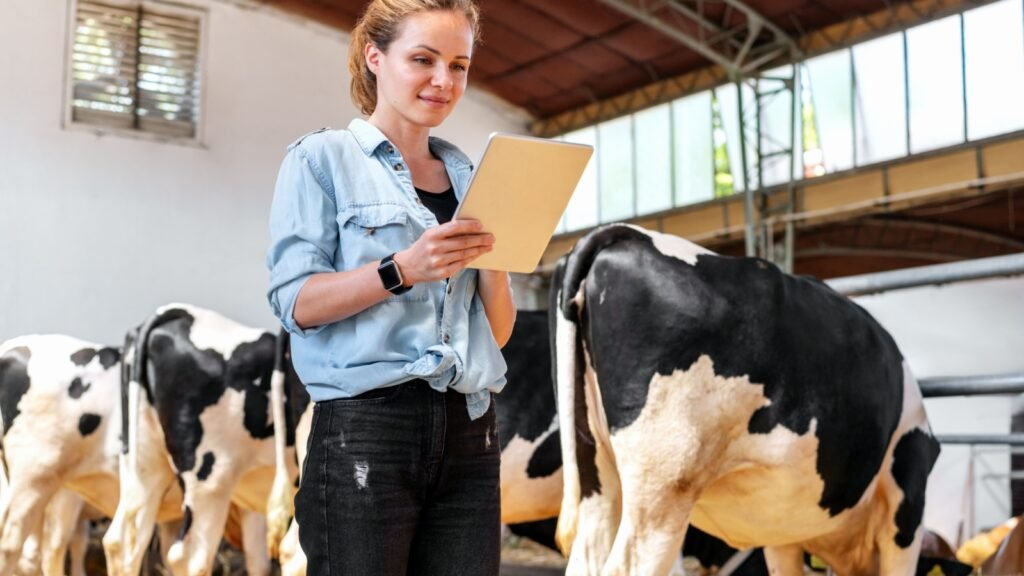
Keeping records of health checks, vaccinations, and any treatments can prevent issues from escalating. These records help you track what’s working and identify patterns, reducing the risk of sudden health problems.

